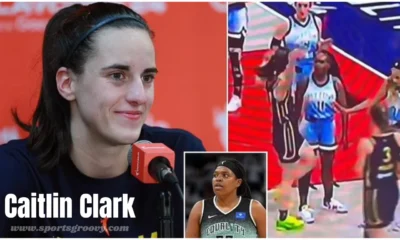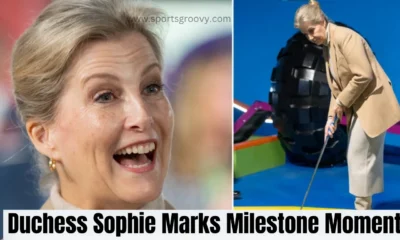Golf
Early Olympics Golf Star: St. Louis Albert Bond Lambert
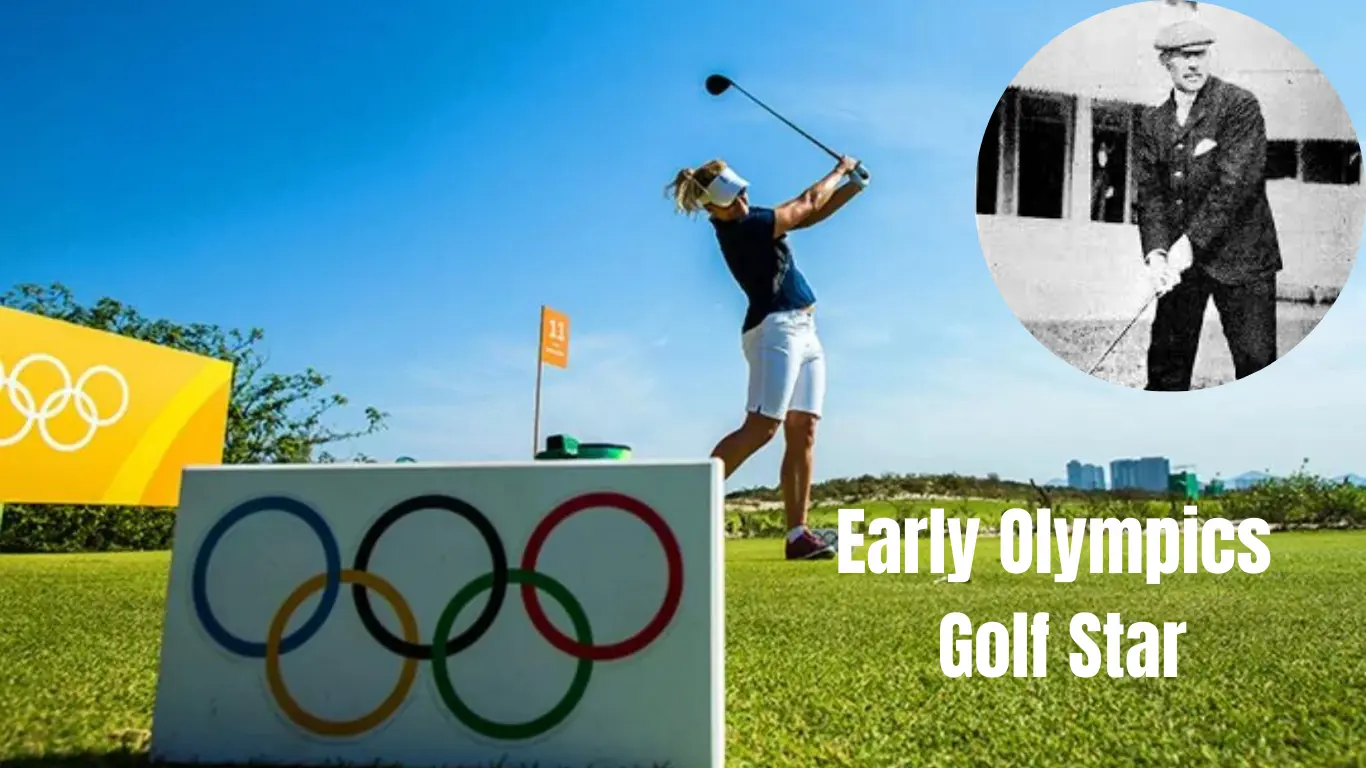
Olympic golfing begins on Wednesday and Thursday. 60 women and 60 guys will compete in separate four-spherical tournaments at Le Golf National’s Albatros Course. Team USA’s Olympics Golf Star are Scottie Scheffler, Xander Schauffele, Wyndham Clark, and Collin Morikawa. The girls are Nelly Korda, Lilia Vu, and Rose Zhang.
Similarly, that is the fifth time golf is in the Olympics. It returned in 2016 in Rio and 2021 in Tokyo after protracted damage. Golf was first regarded in the 1900 Paris Games and the 1904 St. Louis Olympics. One of St. Louis’ favored sons played in the 1900 and 1904 Olympic golfing events. He changed into the only individual to compete in each. He is credited with making sure golf was included in the 1904 Games.
St. Louis is probably domestic to the actual “Most Interesting Man Inside the World.” Albert Bond Lambert was born on Dec. 6, 1875. His father, Jordan W. Lambert, is based at the Lambert Pharmaceutical Company. This business enterprise marketed the antiseptic Listerine. Albert briefly attended the University of Virginia. Then, in 1896, he lowered back domestic to end up president of his father’s employer at age 21.
Moreover, Albert fell in love with golfing and invited to play in the 1900 Olympics. The men’s match, with 22 gamers from four nations, occurred on Oct. 2, 1900.
The women’s tournament was the next day. In those days, the Olympics lasted for months. Lambert won the men’s handicap competition, but it wasn’t an official Olympic event. He finished eighth in the men’s championship.
After returning home, Lambert and his father-in-law, George McGrew, founded Glen Echo Country Club in 1901. When St. Louis chosen for the 1904 Olympics star, which coincided with the World’s Fair, Lambert and McGrew wanted to keep golf in the Olympics. They persuaded Olympics star officials to host the golf event at Glen Echo.
Women’s golf became excluded from the 1904 Summer Games. Instead, 75 men from the USA and Canada competed in a seven-day tournament. It started with a 36-hollow stroke play qualifying round, accompanied by using 5 rounds of suit play. Lambert reached the quarterfinals however misplaced to George Seymour Lyon of Canada, who received the gold. Lambert earned a silver medal as part of the second one-region United States crew.
However, during the World’s Fair, King Oscar II of Sweden and Norway visited Lambert at his new home in the Central West End. The king is said to have given Lambert a large fireplace for the solarium. Albert persevered to play golfing and gained the 1907 Missouri Amateur Championship at the St. Louis County Country Club. However, by the mid-1900s, he evolved a new interest: aviation.
Lambert’s wealth and repute opened many doors. He began ballooning in 1906, helped start the Aero Club of St. Louis in 1907, and funded the town’s first airfield in Forest Park. He additionally prepared balloon races and turned with to the St. Louis City Council, serving from 1907 to 1911.
In 1909, Lambert bought a plane from the Wright Brothers. By 1911, he became the first person from St. Louis to get a pilot’s license. His instructor was Orville Wright.
When the U.S. entered World War I, Lambert set up a flight school for balloonists. The school was soon taken over by the U.S. Army Signal Corps, and Lambert served as a major and commanding officer.
After the war, in 1920, Lambert helped buy Kinloch Field, northwest of St. Louis. This field hosted the first National Balloon Race. Lambert also flew biplanes and turned the land, now named after him, into a real airfield.
In 1923, Albert become chairman of Lambert Pharmaceutical but resigned in 1926 whilst it joined a bigger business enterprise. Later, in the mid-1950s, it merged to end up Warner-Lambert. In 2000, Pfizer sold Warner-Lambert.
In Addition, in 1926, Lambert met Charles Lindbergh, who wanted to fly throughout the Atlantic nonstop and wanted investment. Lambert helped enhance money through the Spirit of St. Louis Organization, which named Lindbergh’s plane for the 1927 flight from New York to Paris.
In February 1928, Lambert leased his airfield to the City of St. Louis for simply one greenback. Later, the town sold the sector with a $2 million bond, making it one of the first town-owned airports in the U.S. It was renamed Lambert-St. Louis Municipal Airport in 1930, and Lambert’s call continues to be a part of the airport’s identity nowadays.
Lambert died on Nov. 12, 1946, at the age of 70 from heart failure. He was buried at Bellefontaine Cemetery, in which his family members, except one sibling, are also buried.
-
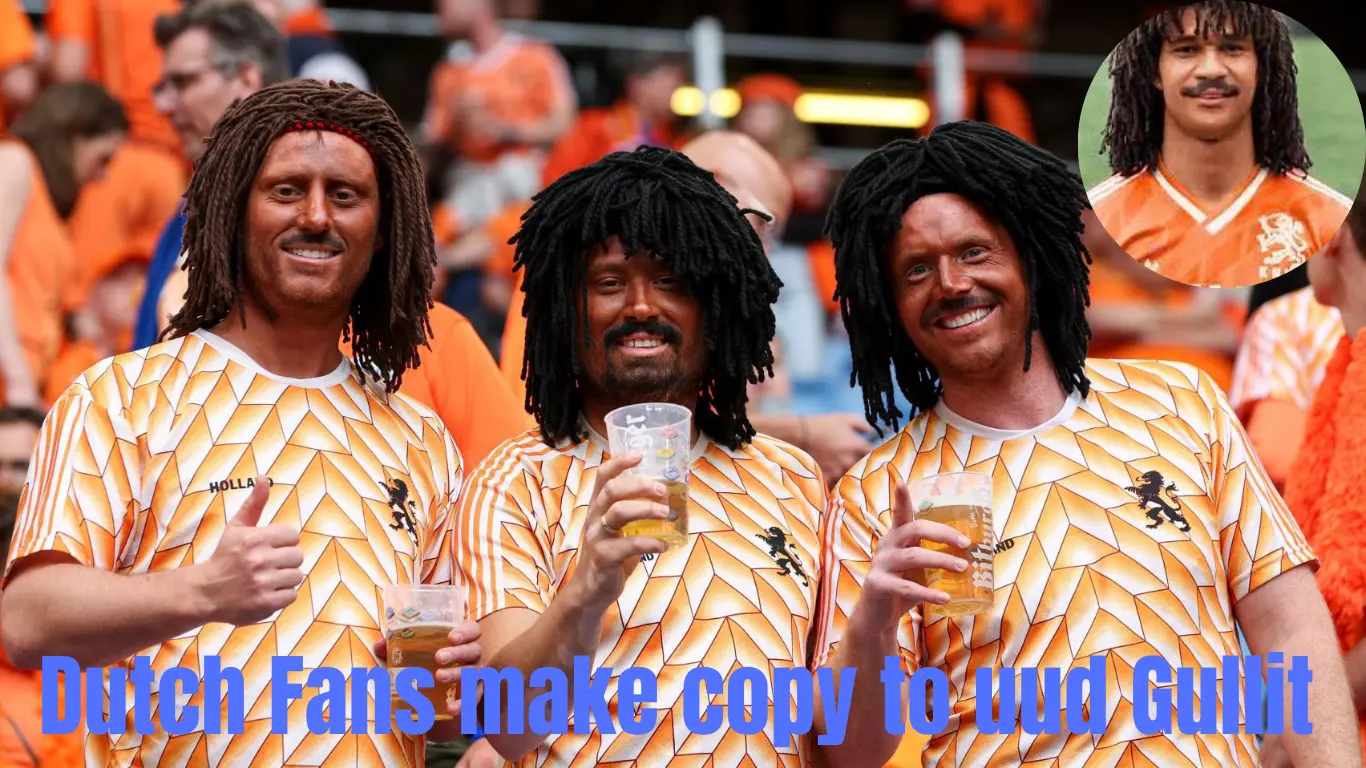
 Soccer6 months ago
Soccer6 months agoDutch Fans in Blackface to Imitate Ruud Gullit, One Agrees to Stop
-

 Soccer6 months ago
Soccer6 months agoEx Glamour Model Says Party with England Team Before Euros
-

 News8 months ago
News8 months agoDubai Flood, Rain Turns Desert to Aquarium🌧️🐠
-

 Soccer6 months ago
Soccer6 months agoArgentina vs Peru 2-0 Highlights & All Goals Copa America 2024
-
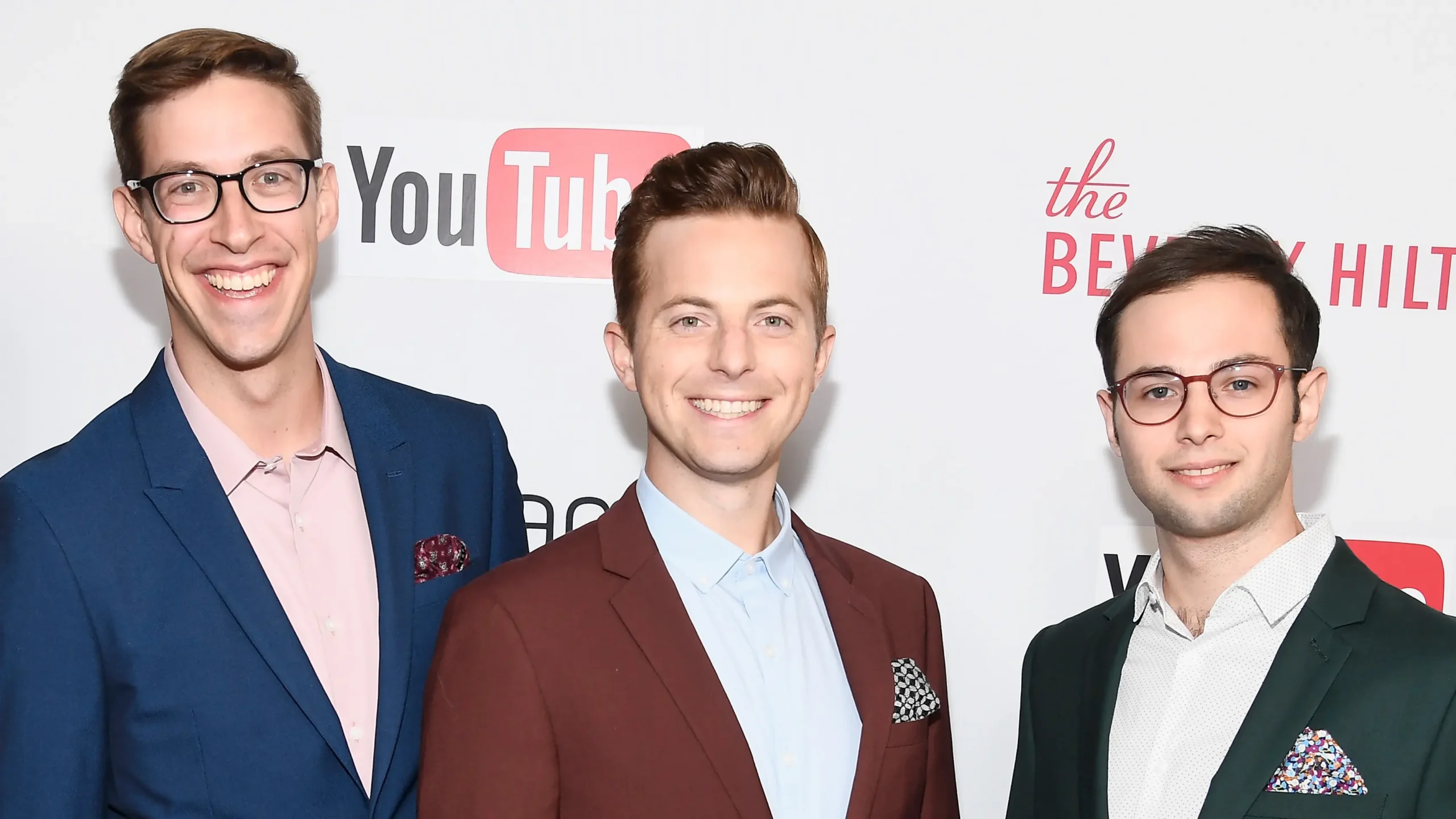
 Entertainment7 months ago
Entertainment7 months agoThe Try Guys’ Journey From Four to Two
-
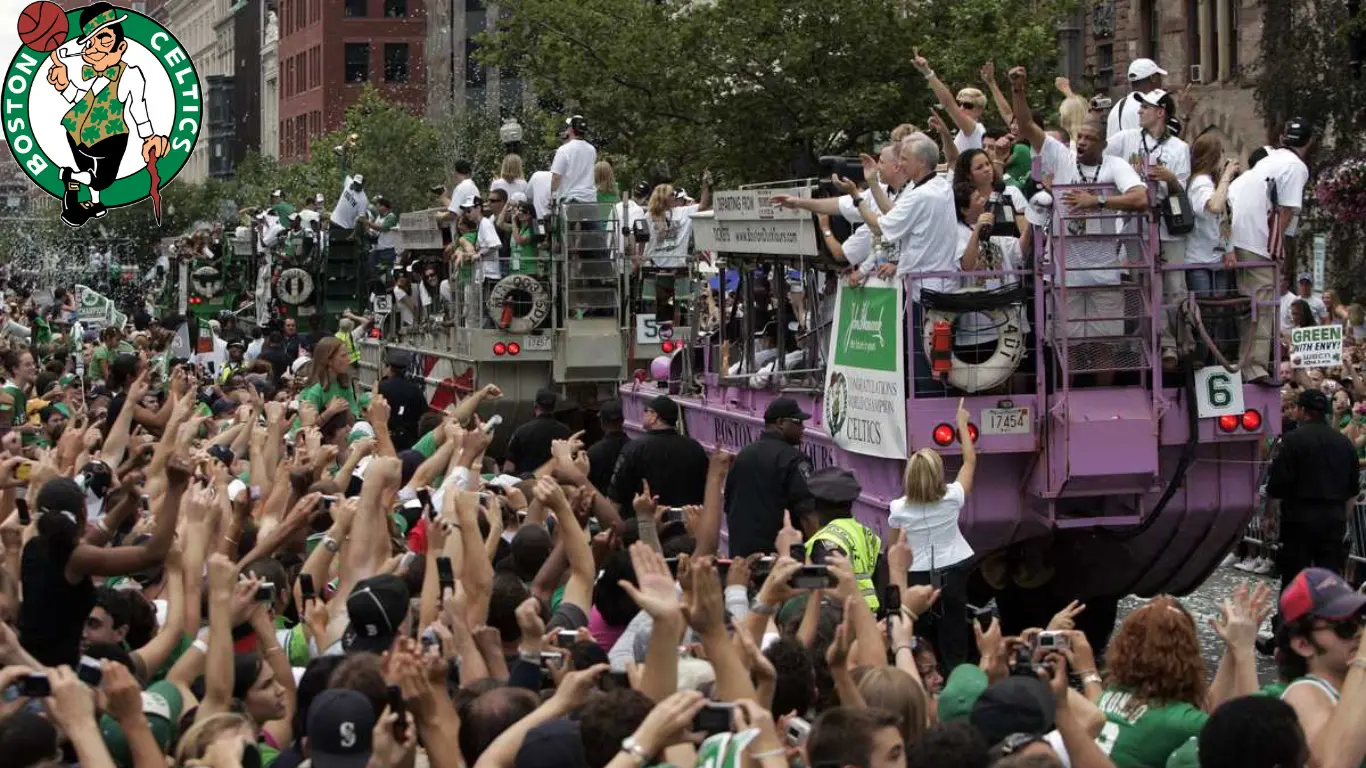
 NBA6 months ago
NBA6 months agoCelebrate with the Boston Celtics: Parade and Traffic Updates
-

 Soccer6 months ago
Soccer6 months agoUEFA EURO 2024: Essential Guide and Key Information
-

 Soccer6 months ago
Soccer6 months agoVinicius Jr Scores Two Goals in Brazil’s Win Vs Paraguay in Copa America 2024








